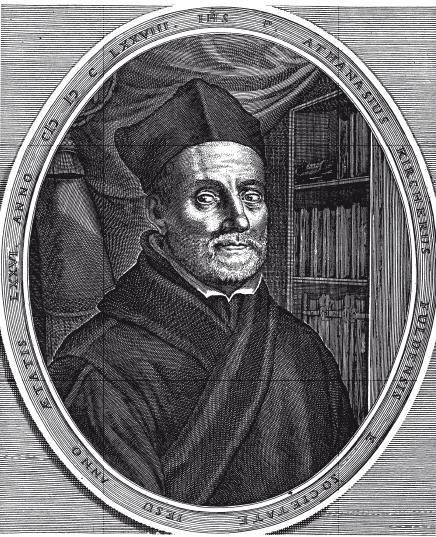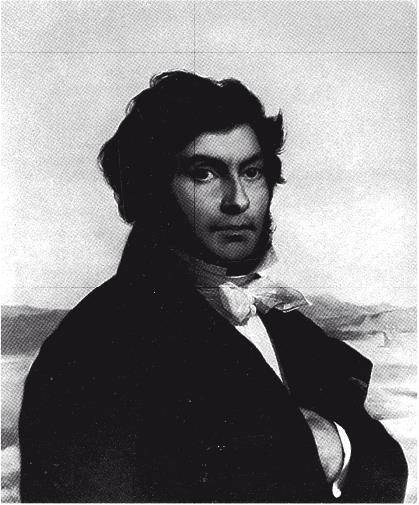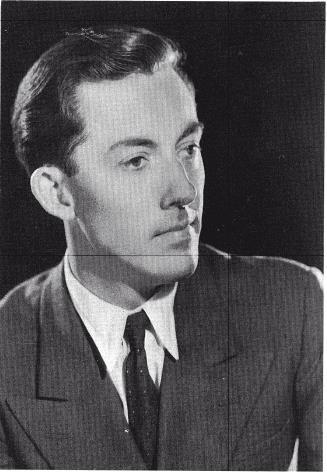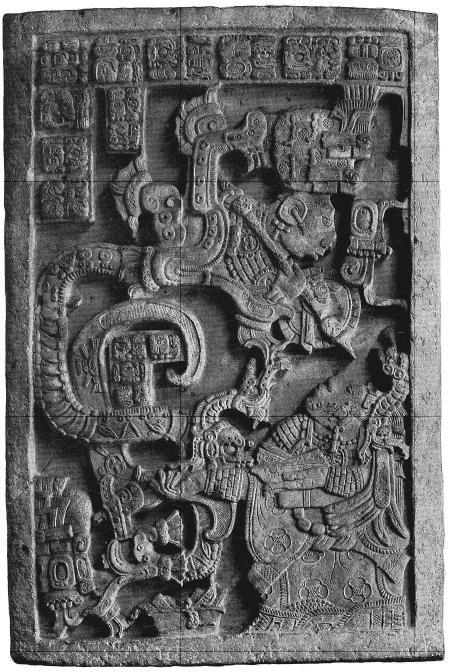Торпусман Р. Переводы плюс. М.: Изд. И. Б. Белый, 2015.
Фокс М. Тайна лабиринта: Как была прочитана забытая письменность. М.: Corpus, 2016.
Bricker V. A Grammar of Mayan Hieroglyphs. New Orleans: Middle American Research Institute, Tulane University, 1986.
Callaway C. Two Letters to Tatiana Proskouriakoff from J. Eric S. Thompson (1958–1959) // The PARI Journal. 2014. Vol. 14, № 4. Р. 1–9.
Carrasco R., Cordeiro M. The Murals of Chiik Nahb Structure Sub 1–4, Calakmul, Mexico // Maya Archaeology 2. San Francisco: Precolumbia Mesoweb Press, 2012. P. 8–59.
Coe M. D. Recommendations for standardizing Formosan tribal name // American Anthropologist. 1954. Viol. 56. P. 1090–1092.
Coe M. D. Shamanism in the Bunun Tribe, Central Formosa // Ethnos: Journal of Anthropology. 1955. Vol. 20, № 4. P. 181–198.
Coe M. D. Angkor and the Khmer Civilization. London: Thames and Hudson, 2003.
Coe M. D. Final Report: An Archaeologist Excavates His Past. London: Thames and Hudson, 2006.
Coe M. D. The Cold War and the Maya Decipherment // Their Way of Writing: Scripts, Signs, and Pictographs in Pre-Columbian America / Ed. by E. H. Boone and G. Urton. Washington: Dumbarton Oaks Research Library and Collection, 2011. P. 9–20.
Coggins C. Painting and Drawing Styles at Tikal: An Historical and Iconographic Reconstruction. PhD dissertation, Harvard University, 1975.
Friedel D., Schele L., Parker J. Maya Cosmos: Three Thousand years on the Shamans’ Path. New York: William Morrow and Co., 1993.
Houston S. Appreciating Mike: A Tribute to Michael D. Coe // The PARI Journal. 2019. Voil. 20, № 2. P. 15–27.
Knorozov Y. Aplicacion de las matematicas al estudio linguistico // Estudios de cultura maya. Mexico, 1963. Vol. 3. P. l69–185.
Knorozov Y. Principios para descifrar los escritos mayas // Estudios de cultura maya. Mexico, 1965. Vol. 5. P. 153–187.
Knorozov Y. V. Investigacion formal de los textos jeroglificos mayas // Estudios de cultura maya. Mexico, 1968. Vol. 7. P. 59–64.
Lacadena A., Wichmann S. The Distribution of Lowland Maya Languages in the Classic Period // La organización social entre los mayas prehispánicos, coloniales y modernos: Memoria de la Tercera Mesa Redonda de Palenque. Vol. 2. Mexico; Merida, 2002. P. 275–314.
Lacadena A., Wichmann S. On the representation of the glottal stop in Maya writing // The Linguistics of Maya Writing / Ed. by S. Wichmann. Salt Lake City: University of Utah Press, 2004. P. 100–164.
Marcus J. Emblem and State in the Classic Maya Lowlands: An Epigraphic Approach to Territorial Organization. Washington: Dumbarton Oaks Research Library and Collection, 1976.
Martin S. Hieroglyphs from the Painted Pyramid: The Epigraphy of Chiik Nahb Structure Sub1–4, Calakmul, Mexico // Maya Archaeology 2. San Francisco: Precolumbia Mesoweb Press, 2012. P. 60–80.
Martin S. Ancient Maya Politics: A Political Anthropology of the Classic Period, 150–90 °CE. Cambridge: Cambridge University Press, 2020.
Martin S., Grube N. Chronicle of Maya Kings and Queens: Deciphering the Dynasties of the Ancient Maya. London: Thames and Hudson, 2000.
Mathews P. The Sculpture of Yaxchilan. Ph.D. Dissertation, Yale University, 1988.
Mathews P. La escultura de Yaxchilán. Mexico: Instituto Nacional de Antropología e Historia, 1997.
Proskouriakoff T. The Jog and the Jaguar Signs in Maya Writing // American Antiquity. 1968. Vol. 33, № 2. P. 247–251.
Proskouriakoff T. Incidents of Ancient Maya History // Proceedings of the American Philosophical Society. 1984. Vol. 128, № 2. P. 164–166.
Proskouriakoff T. Maya History. Austin: University of Texas Press, 1993.
Riese B. Yaxchilan (Menche Tinamit): Dokumentation der Inschriften. Hamburg: Hamburgisches Museum fur Völkerkunde, 1977.
Riese B. Hel Hieroglyphs // Phoneticism in Maya Hieroglyphic Writing / Ed. by J. S. Justeson and L. Campbell. Albany: Institute for Mesoamerican Studies, 1984. P. 263–286.
Ruz Lhuillier A. Knorosov, Yuri: A Brief Summary of the Studies of the Ancient Maya Hieroglyphic Writing in the Soviet Union (Publishing House of USSR Academy of Sciences, Moscú, 1955) // Boletín Bibliográfico de Antropología Americana. 1959. Vol. 18. P. 76–78.
Schele L. Some Suggested Readings of the Event and Office of Heir-Designate at Palenque Phoneticism in Maya Hieroglyphic Writing / Ed. by J. S. Justeson and L. Campbell. Albany: Institute for Mesoamerican Studies, 1984. P. 287–307.
Schele L., Miller J. The Mirror, The Rabbit, and The Bundle: “Accession” Expressions from the Classic Maya Inscriptions. Washington: Dumbarton Oaks Research Library and Collection, 1983.
Wichmann S. Georges Raynaud: an overlooked figure in the history of Maya epigraphy // The PARI Journal. 2003. Vol. 3, № 2/3. P. 15–17.
Иллюстрации

Афанасий Кирхер (1602–1680), иезуитский священник, чьи представления о природе египетской письменности задержали дешифровку более чем на столетие.

Жан-Франсуа Шампольон (1790–1832), француз, который расшифровал египетское иероглифическое письмо.

Майкл Вентрис (1922–1956), молодой английский архитектор, разгадавший линейное письмо Б микенских греков.

Одна из прекрасных резных притолок из Йашчилана (Мексика). Текст сообщает, что это изображение жены правителя, госпожи Шок, приседающей перед «Змеем видений» в 681 году
(ср. с. 256 231).

